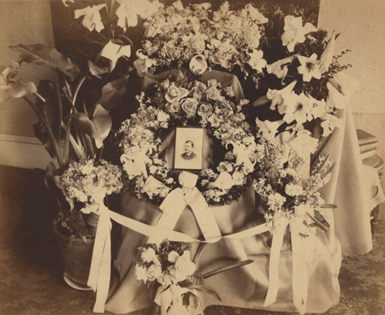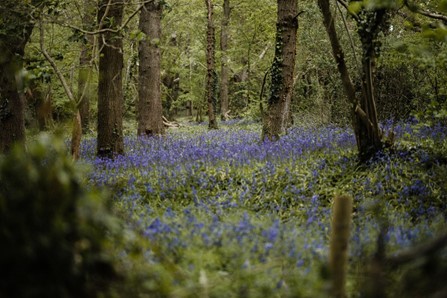The Evolution of Funeral Traditions and Rituals
Where did funerals begin?
Death is as old as life itself, and so then are ways of processing it. As early as 115,000 years ago there is evidence of some forms of deliberate burial rituals and the positioning of people in caves to symbolize some aspect of their life or passing. What is fascinating is that these were not even modern humans, but Neanderthals.
From then until today have been evolving all manner of complex rituals and symbolism that have become the practices we all recognize in funerals. Some are modern returns to pagan tradition, others new inventions, and many far older than recorded history.
Why do we traditionally wear black?
The wearing of black as a colour of mourning dates from at least as far back as the Roman empire, when both men and women would wear what is known as a toga pulla, or dark toga, to signify their state of mourning and respect for the deceased.


Throughout Britain’s history after the fall of the Romans, this tradition continued into the Middle Ages, most commonly with the wearing of black hats and caps for women in mourning, right through to its most modern iteration which is the one we know today. Our contemporary style of dress was popularized by Queen Victoria, who wore mourning veils for the remaining 40 years of her life after the death of Prince Albert. In fact, she never wore her crown again for fear of removing the veil, and inspired Victorian women at the height of this trend to wear mourning dresses for a full 2 years.


Where do funeral flowers come from?
Not all funeral traditions have symbolic beginnings – the presence of flowers at funerals originated in a purpose rather more morbidly practical than the decoration and meaning they represent today. In days past when the process of preparing the deceased for funerals was in its earlier stages, flowers would be placed in varying quantities around the coffin to help mask the scents that might be offputting to funeralgoers.

That's not to say they weren't symbolic as well - we know of people as early as 62,000 B.C. choosing to inter their loved ones with different wildflowers, and throughout history, certain blooms have been used to convey specific things about the person who has died. For example, white roses are said to symbolise humility and innocence, whereas red can convey love or yellow a valued friendship; rosemary often signifies remembrance, and myrtle is an ancient symbol of happy marriage.
As time has passed we have begun to trend away from the tradition of donating flowers to funerals, and instead many people today will encourage donations to a cause or charity of choice, as the use of so many flowers is seen as wasteful; but even this, however, is not so new - in Elizabethan times it was common for mourners to contribute to a feast that would be held for the entire neighbourhood or village following the funeral, including the poor.
Why do we have a funeral procession?
Funeral processions are another staple that we in Britain can trace back to Roman influence, but were common amongst others like the Greeks and Egyptians too - where alongside a parading sarcophagus it would be common to find 'professional mourners', who might be hired to portray a grieving family member.
Funeral processions have differed in size and extravagance over time, but their meaningful purpose of celebrating and mourning a loved one on their final journey (whether into the afterlife or not), and the symbolism of closure and beginning to move on have remained relatively the same. As an excellent and personal way to say a final goodbye, it is hard to see this ancient tradition slipping from favour anytime soon.

How are funerals changing today?
It is easy to forget how young our modern versions of these traditions are until you look back at the whole of history, and even then we see increasing steps towards new and innovative ways that people are choosing to conduct their funerals.

The growing absence of religion in funerals is changing the places, ceremony leaders and even the tones or moods of funerals, but the most developing area at the moment is burial. Long ago burial was a return to nature, and nowadays more people are choosing alternative methods to caskets and embalming methods that use environmentally-damaging chemicals. These can include bamboo, cardboard or other more biodegradable coffins, natural burials beside plants, wildlife and trees, or woodland burials in specially chosen areas.




